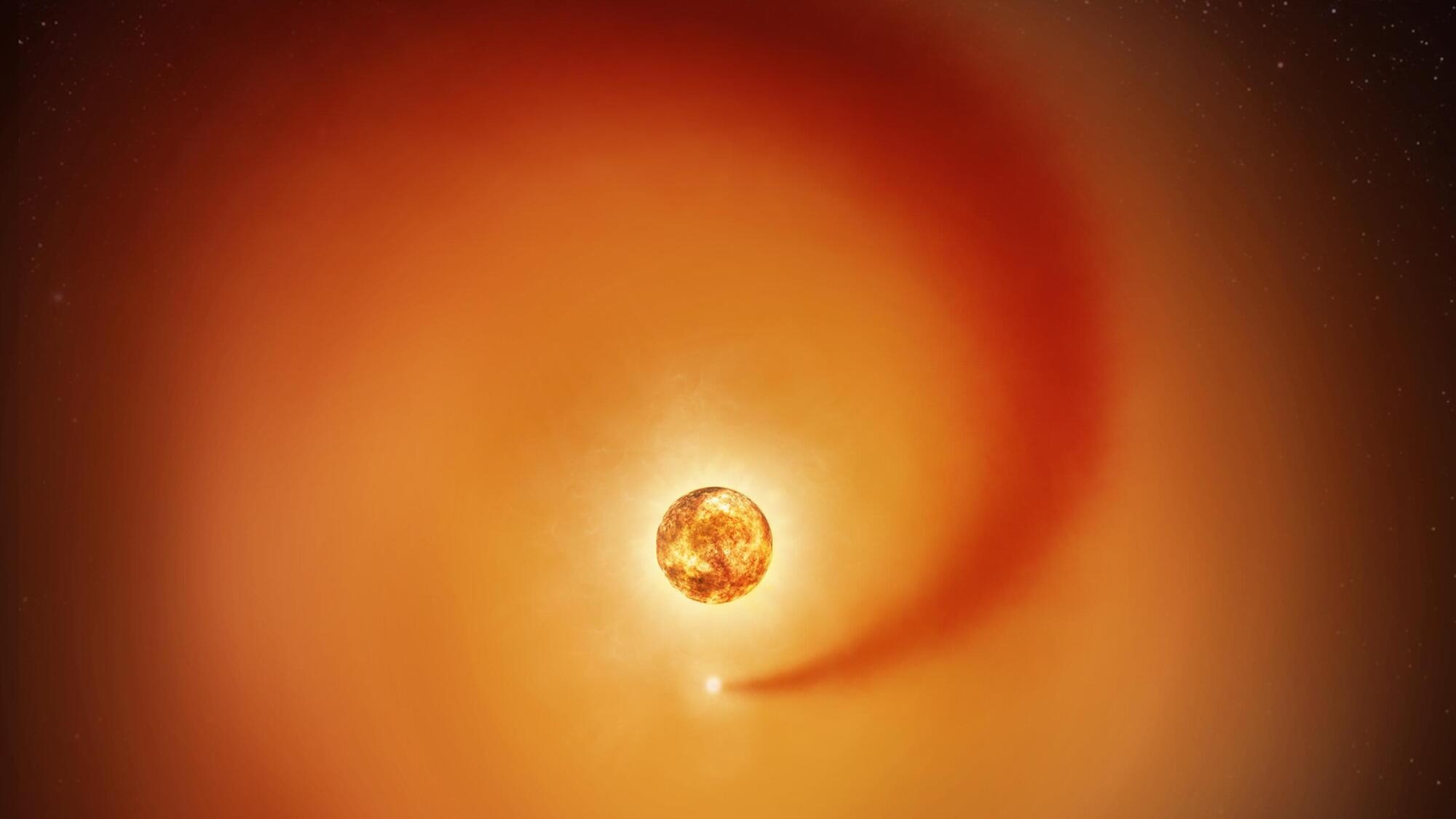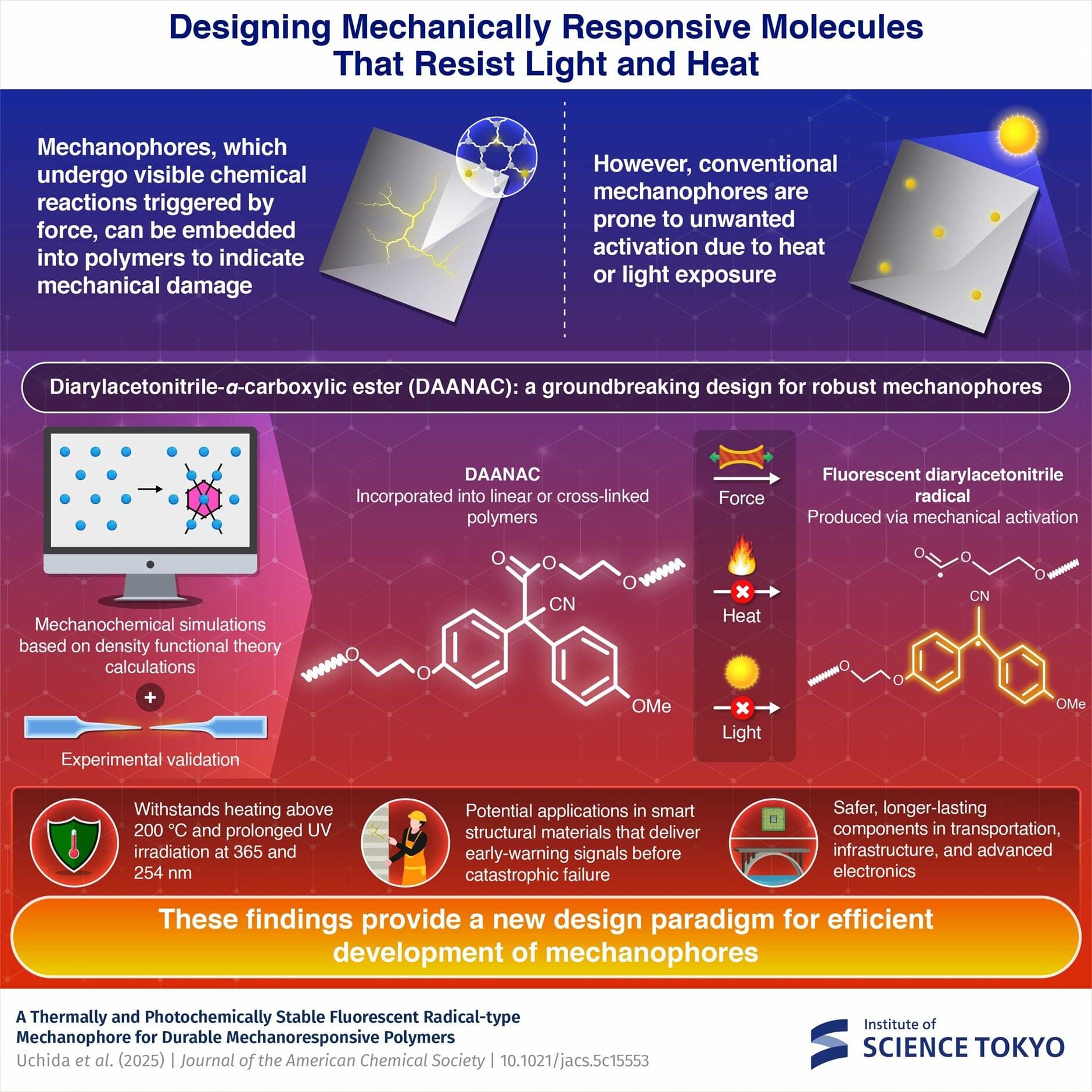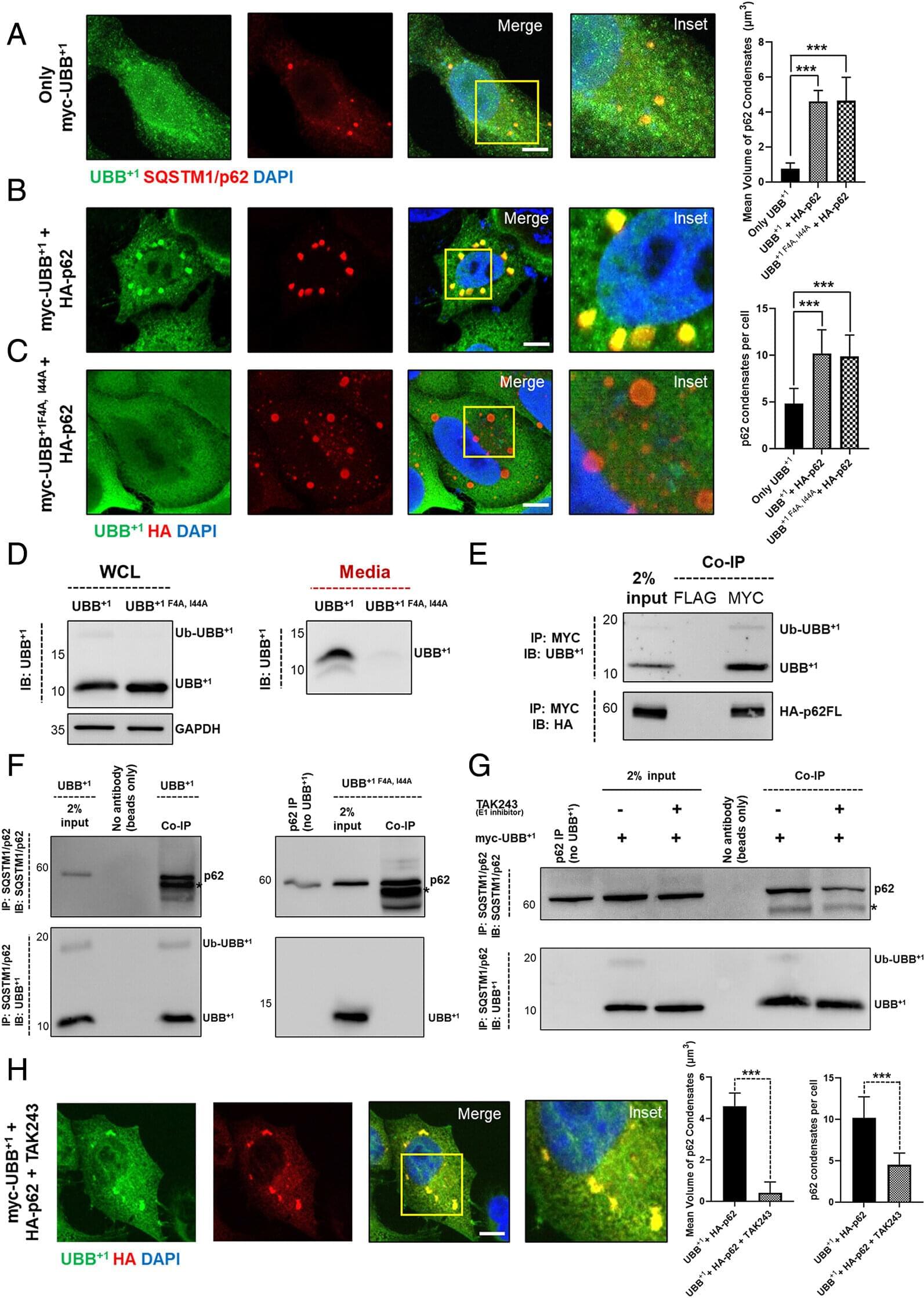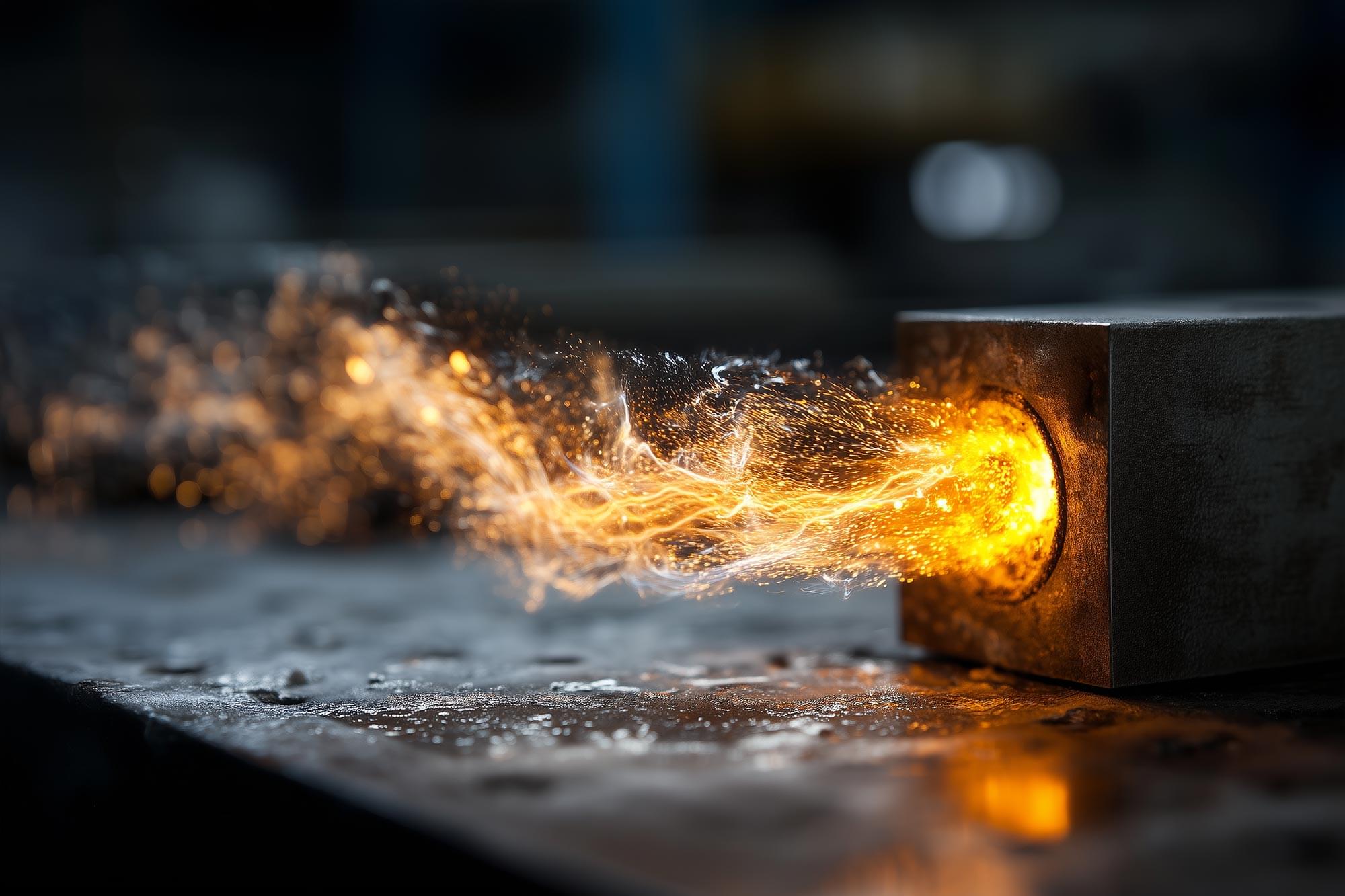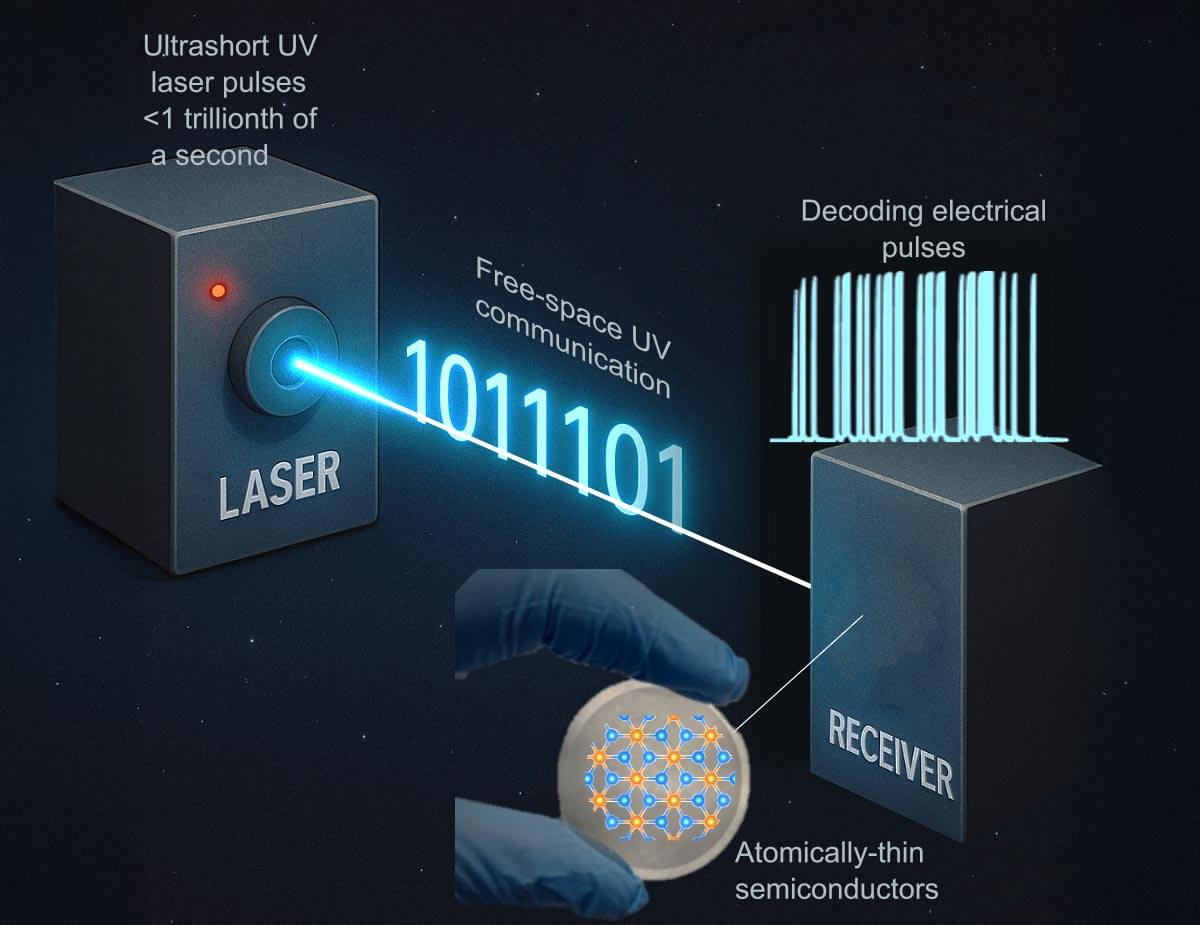Using new observations from NASA’s Hubble Space Telescope and ground-based observatories, astronomers have tracked the influence of a recently discovered companion star, Siwarha, on the gas around Betelgeuse. The research, by scientists at the Center for Astrophysics | Harvard & Smithsonian (CfA), reveals a trail of dense gas swirling through Betelgeuse’s vast, extended atmosphere, shedding light on why the giant star’s brightness and atmosphere have changed in strange and unusual ways.
The results of the new study were presented Monday at a news conference at the 247th meeting of the American Astronomical Society in Phoenix. The paper has been accepted for publication in The Astrophysical Journal and is available on the arXiv preprint server.
